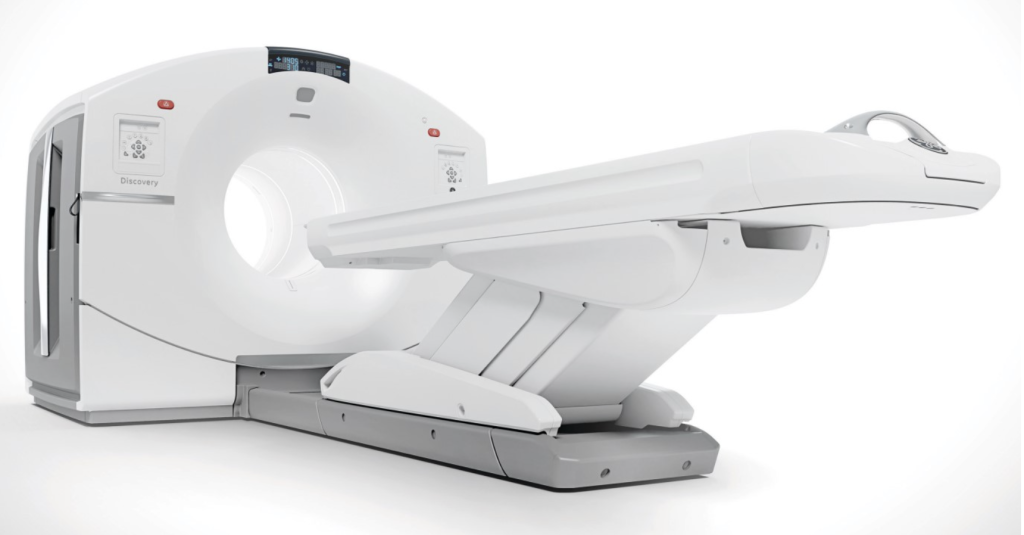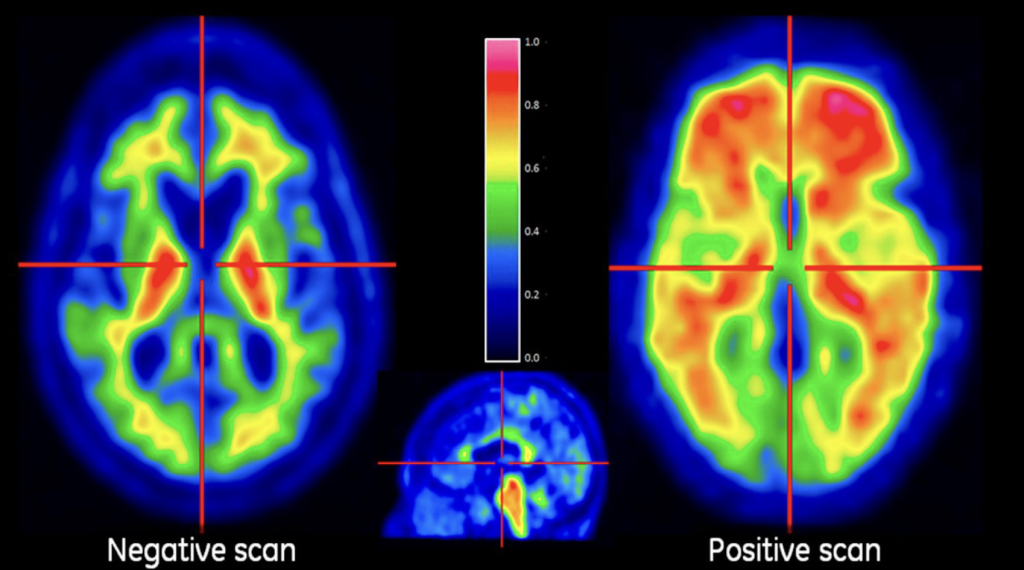



Alzheimer’s disease is often considered a disease that causes memory loss. Sometimes dementia and Alzheimer’s are used interchangeably, whereas, in reality, they are different. Dementia is not a single disease but a general term used to describe a decline in cognitive function that interferes with daily life. It affects memory, thinking, orientation, comprehension, calculation, learning capacity, language, and judgment. Alzheimer’s is a type of dementia that slowly destroys memory, thinking skills, and the ability to carry out everyday tasks. As Singapore’s population ages, the prevalence of dementia is on the rise, and early recognition of dementia symptoms has never been more crucial.
In this article, we’ll explore:
Dementia is a syndrome, usually of a chronic or progressive nature, in which the cognitive functions of a person deteriorate beyond what might be expected from normal ageing. Alzheimer’s disease is the most common and well-known form of dementia, but there are many other types, including vascular dementia, Lewy body dementia, and frontotemporal dementia.
Although one might experience episodes of occasional forgetfulness as they age, dementia involves more severe symptoms that impact a person’s ability to function independently.
The symptoms of dementia often start gradually and worsen over time. Whether you talk about vascular dementia symptoms, frontotemporal dementia symptoms, or other types of dementia, the main symptoms are often similar. Accurate diagnosis can make a difference in planning treatment and care.
These are some of the most common forms of dementia:
Alzheimer’s disease is the most prevalent form of dementia. It accounts for almost 60–80% of all dementia cases globally. It is a progressive neurodegenerative disorder that affects memory, thinking, behaviour, and the ability to carry out everyday activities. Although it is most common in individuals aged 65 and older, early-onset Alzheimer’s can also occur in people as young as their 40s or 50s.
Alzheimer’s disease is characterised by abnormal changes in the brain, primarily involving:
The exact cause of Alzheimer’s disease is still unknown, but it is believed that a combination of genetic, lifestyle, and environmental factors may play a role. Moreover, having a family history of Alzheimer’s, carrying the APOE-e4 gene, or underlying cardiovascular conditions are known risk factors of Alzheimer’s disease.
Alzheimer’s disease typically develops gradually and worsens over time. Alzheimer’s stages symptoms differ according to how the disease has progressed. The most common signs and symptoms of Alzheimer’s, according to its stage, include:
Each person’s experience with Alzheimer’s can vary, but the condition typically progresses over several years.
There is no single test to diagnose Alzheimer’s disease. Doctors carry out various tests to diagnose the condition, including:
Early diagnosis is crucial to help plan treatment, manage symptoms, and support long-term care decisions.
| Symptom Category | Alzheimer’s Disease | Vascular Dementia | Lewy Body Dementia | Frontotemporal Dementia (FTD) |
| Memory loss | Common and early symptom | Can occur, often less prominent early on | Variable; may fluctuate daily | Less prominent early; may appear later |
| Judgment / Reasoning | Impaired; develops over time | Impaired; may occur suddenly or stepwise | May be impaired, especially during visual hallucinations | Severely impaired early; poor judgement, risky behaviour |
| Language difficulties | Word-finding problems; difficulty naming objects | May have slowed or impaired speech | Mild language issues | Prominent in language variants (PPA): speech effortful or loss of word meaning |
| Mood / Personality | May include depression, apathy, irritability | Depression, emotional lability common | Depression, anxiety, hallucinations can affect mood | Early, marked changes in personality and social behaviour |
| Disorientation | Confusion with time and place | Common, especially with sudden changes | Can occur, often fluctuates | Less common early on |
| Visual hallucinations | Rare early on | Rare | Common and vivid | Rare |
| Movement problems | Usually occur in late stages | May have weakness, gait disturbances due to stroke | Common: tremors, stiffness, shuffling gait | May have Parkinsonism-like symptoms in some variants |
| Fluctuating alertness | Not typical | Not typical | Core symptom – can vary within the same day | Not typical |
| Inappropriate behaviour | May occur in later stages | Less common | May occur during hallucinations | Very common early on: impulsivity, lack of inhibition |
| Onset pattern | Gradual, progressive decline | Often sudden or stepwise decline | Gradual but with noticeable fluctuations | Early onset often in 40s–60s; gradual decline |
| Cause / Risk Factors | Beta-amyloid plaques & tau tangles; age, genetics | Stroke, high blood pressure, diabetes, smoking | Lewy body protein buildup; may overlap with Parkinson’s disease | Degeneration of frontal and/or temporal lobes; may be genetic |

RadLink PET and Cardiac Imaging Centre specialises in molecular imaging services, including Positron Emission Tomography (PET) scans such as the Vizamyl™ Amyloid PET scan.
Since 2017, RadLink has offered Amyloid PET imaging to evaluate patients with cognitive symptoms. It is particularly useful for assessing mild cognitive impairment (MCI), a potential precursor to dementia, providing valuable insight into brain changes and supporting early intervention.

Vizamyl™ Amyloid PET imaging is used for assessing individuals with cognitive impairment. This imaging technique visualises beta-amyloid plaques—protein deposits associated with Alzheimer’s disease—by detecting areas of increased tracer uptake, aiding in more accurate diagnosis.
The patient will be injected with a radiopharmaceutical which binds selectively to beta-amyloid plaques in the brain. RadLink uses Flutemetamol F-18, an HSA- and FDA-approved tracer, to deliver high-quality PET imaging. To ensure a consistent supply of specialised tracers, RadLink operates Singapore Radiopharmaceuticals Pte Ltd (SRP), its own radiopharmaceutical production facility dedicated to supporting Amyloid PET and other advanced molecular imaging services.

Consult a doctor if you notice the following symptoms of early dementia in yourself or a loved one:
Early diagnosis allows for better treatment outcomes, planning for future care, and lifestyle modifications to slow disease progression.
While there is no cure for most types of dementia, certain lifestyle choices may reduce risk:
Dementia can be a serious condition, but an accurate diagnosis can greatly improve management and quality of life. Whether you’re concerned about memory loss or managing risk after a stroke, timely screening and intervention are key.
RadLink Amyloid PET scanning and subspecialty neuroradiology expertise can assist in identifying early changes associated with both stroke and dementia. Take the proactive step towards clarity and care.
Talk to your healthcare provider today to book a Vizamyl™ (Flutemetamol F18) Amyloid PET scan at RadLink.
No. Occasional forgetfulness is common with ageing, but persistent, worsening memory issues should be evaluated as they may be indicative of dementia.
Yes. Strokes can lead to vascular dementia, and repeated small strokes may increase the risk.
In terms of dementia vs Alzheimer’s, people often confuse the two as being the same thing. However, Alzheimer’s is a specific disease, while dementia is a general term for symptoms affecting memory, thinking, and social abilities.
Early onset Alzheimer’s symptoms may include memory loss that affects daily life, difficulty finding words, confusion about time or place, trouble solving problems, and mood or personality changes.
There is no single test for Alzheimer’s. Doctors use a combination of methods, including memory and cognitive assessments, neurological exams, blood tests to rule out other conditions, and brain imaging (like MRI or CT scans) to detect changes in brain structure. RadLink’s Amyloid PET scan helps in the early detection of Alzheimer’s disease.
If memory loss or confusion starts to interfere with daily tasks—such as getting lost in familiar places, forgetting important dates, or repeating questions—it’s important to consult a doctor. Early evaluation can lead to better symptom management and care planning.